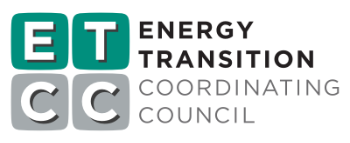Project Info
COMPLETE
Project Title
Nonresidential Heat Recovery Chiller and Air-to-Water Heat Pump Measure Package Development
Project Number ET24SWE0036 Organization SWE (Statewide Electric ETP) End-use HVAC Sector Commercial Project Year(s) 2024 - 2024Project Results
To support California’s decarbonization goals, endeavored to expand the California Electronic Technical Reference Manual (eTRM) by developing measure packages for hydronic air-to-water heat pump (AWHP) and heat recovery chiller (HRC) technologies. This project involved a comprehensive review of existing studies, case installations, and market research to identify optimal AWHP and HRC systems for large commercial building retrofits. Stakeholder input from CalTF and industry experts further refined the approach, leading to a three-phase plan of 14 measures targeting both partial and full electrification pathways. The project’s findings, presented to the Measure Screening Committee in September 2024, received favorable feedback, with additional review scheduled for next year.
Project Report Document
Loading PDF Preview...
